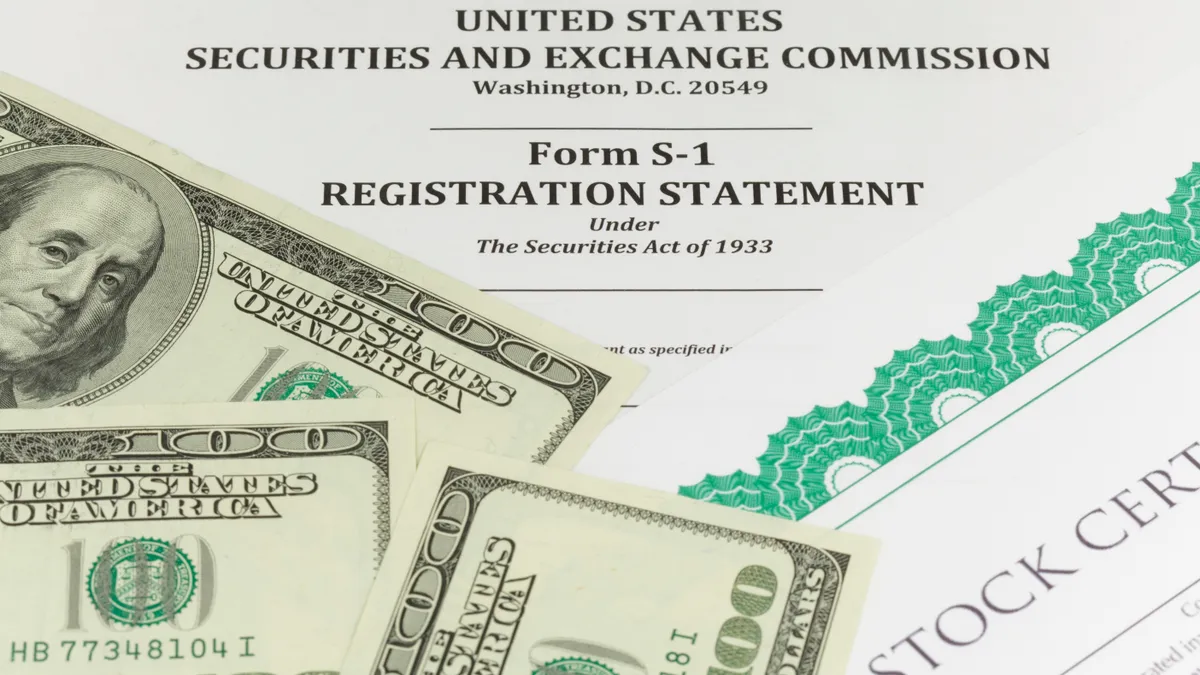More IPOs were filed in 2021 than any year since 2000, and more than twice as many special purpose acquisition company (SPAC) IPOs were filed, but 2022 isn’t likely to look much like last year.
Companies last year filed 397 traditional IPOs, generating some $142 billion in proceeds, according to Renaissance Capital, a looked-to source on IPO data.
As of early January, all but a handful of them were trading above their offering price, says Ben Lewallen, vice president of Progress Partners, quoting Pitchbook data.
The market saw a far higher number of SPAC IPOs last year — 613, generating $145 billion, according to Nasdaq data. That’s up from about 250 in 2020.
Although this year is expected to be a strong one for IPOs, it’s getting off to a modest start, with only a handful of traditional IPOs filed as of mid-February, generating about $2 billion in proceeds, according to Renaissance.
The pace could pick up. Some 700 venture-funded private companies are valued at $500 million or more, according to a CNBC report using Pitchbook data. Those are all candidates to go public to the extent investors, looking for an exit, put pressure on them to go public.
The pace of SPACs, though, is likely to be down from last year, given cooling investor interest. SPAC performance in 2021 was well below market, making them a harder sell and likely depressing the number of new SPAC filings this year.
“I think you’ll continue to see them but at a lower level,” Steven Kaplan, a University of Chicago finance professor, said on CNBC.
Market sensitivity
Commenting on what is happening, Jay Ritter, a University of Florida finance professor who has been called Mr. IPO, explained IPOs have always been hypersensitive to market movements, which will have an impact on SPACs.
“Most … SPACs that completed mergers in 2021 have had negative returns,” he said.
Ritter pointed to the Defiance Next Gen SPAC Derived ETF (SPAK), which is down from a price of $25 in November 2021 to $18, a decline of 28%. “That’s a much greater fall than in broader market indices, such as QQQ, down 12% from its peak,” he said.
According to Ritter, SPACs that have not announced deals are generally trading at a little below the value of their trust accounts, which increases the likelihood investors will pull if they feel the SPAC’s proposed merger isn’t going to do well.
Investor redemptions rose steeply last year, signaling an increase in investor pessimism over deals.
In an email, Ritter asserted the depressed prices are mainly due to an oversupply of SPACs. Investors are also concerned that SPACs have tended to overpay for acquisitions, resulting in low market-adjusted returns on average after the merger.
“The depressed prices will motivate the SPAC sponsors to negotiate a merger that does not result in overpaying for the operating company that they propose to merge with,” he said.











